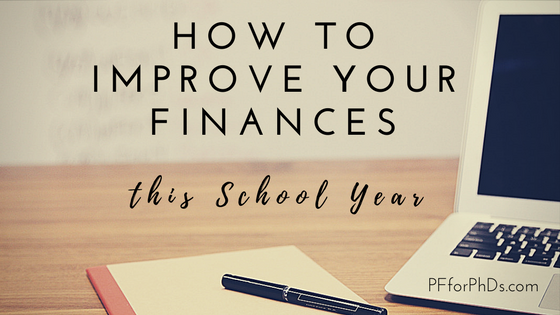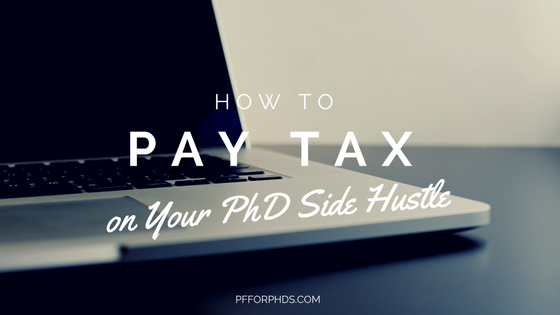If you look across a sample of graduate students receiving stipends within any given field, you will find that they have quite similar day-to-day activities: taking or teaching classes, researching, writing articles or chapters, applying for funding, etc. However, behind the stipends that allow these students to engage in their studies are two very different types of sources, which the student’s tax forms reveal. (This distinction and the tax-related details herein are for graduate students in the US.) Whether a student has one type of funding or another has implications for his taxes, access to retirement accounts, and possibly university benefits.
A version of this article first appeared on GradHacker.
The two types of pay that provide stipends to graduate students are ‘compensatory’ and ‘non-compensatory.’ Compensatory pay is given in exchange for work. Typically, this work is in the form of an assistantship – research, teaching, or graduate. Non-compensatory pay is given as an award, and there is (according to the IRS) no work requirement for receiving it. Typically, this award is in the form of a fellowship or participating in a training grant. (Scholarships that go toward paying tuition, fees, and/or health insurance premiums are another form of non-compensatory pay.)
The type of pay that is behind a graduate student’s stipend potentially affects several aspects of her finances, depending on the university’s policies.
1) The tax forms generated by each type of pay differ. Students with compensatory pay will receive a W-2 in January. Students with non-compensatory pay will see their pay listed on, depending on the university’s policies, a 1099-MISC in box 3, a 1098-T in box 5 (probably summed with the scholarships received), or an unofficial courtesy letter. It is also possible that students with non-compensatory pay will receive no additional notification at tax time. Despite these different reporting mechanisms, a graduate student will report both types of pay in line 7 of his 1040 (with “SCH” denoted next to the line to indicate non-compensatory pay).
2) Graduate students receiving compensatory pay will have the opportunity to have income tax withheld from their stipends, while graduate students receiving non-compensatory pay may or may not, depending on the university’s policy. If students receiving non-compensatory pay do not have the option to have income tax withheld, they may have the responsibility of paying quarterly estimated tax.
3) With rare exceptions, graduate students cannot elect to contribute to retirement accounts at their universities. Therefore, graduate students who wish to save for retirement inside a tax-advantaged account typically opt to contribute to an Individual Retirement Arrangement (IRA). However, only compensatory pay (aka ‘taxable compensation’ or ‘earned income’) is eligible to be contributed to an IRA. Graduate students who receive only non-compensatory pay in the course of a calendar year (and are not married to a person with compensatory pay) are not eligible to contribute to an IRA in that year (though they can still save for retirement).
Free Email Course: Investing for Early-Career PhDs
Sign up for the mailing list to receive the free 10,000-word email course designed for graduate students, postdocs, and PhDs in their first Real Jobs.
4) Full-time graduate students typically do not pay FICA tax on their stipends, but the reason for this is different between the two types of pay. Graduate students with compensatory pay enjoy a student exemption to FICA tax, whereas non-compensatory pay is not subject to FICA tax in the first place. This distinction is important if graduate students ever become predominantly viewed as employees rather than students, which sometimes occurs in the summer when they are not enrolled in classes. In that situation, they might lose their FICA exemptions temporarily and have to pay additional tax.
5) The benefits that universities extend to students may differ based on their status. Graduate students receiving non-compensatory pay are unambiguously students in the eyes of the university. Graduate students receiving compensatory pay are both students and employees, and universities have varying views on which half of that balance is dominant. In some cases, when graduate students are considered employees, different or additional benefits may be extended to them that graduate students who are only students do not receive, such as union membership, childcare subsidies, and pensions.
While graduate students receiving compensatory and non-compensatory pay likely have very similar roles within the university, you can see that the IRS and the universities draw a number of distinctions between the groups that become important at some points in a graduate student’s career. If you are unsure which type of pay you are currently receiving or received earlier in the calendar year, you can either wait to see which kind of tax form you receive (W-2 for compensatory, anything else or none for non-compensatory) or inquire within your university’s payroll or financial aid office.
Have you received compensatory, non-compensatory, or both types of pay during graduate school? Was there a time that you realized that your type of pay affected your life materially? Do compensatory and non-compensatory students receive any different benefits at your university?








